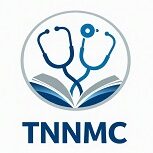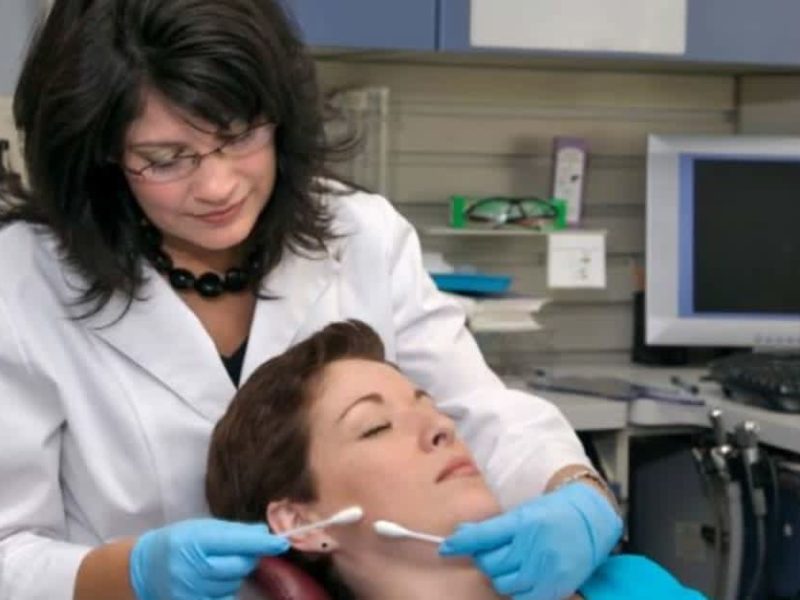Nursing Internships vs. Clinical Practicums: Understanding the Differences
Both nursing internships and practicums offer valuable hands-on experience, but they serve different purposes in a nursing student’s educational journey. Understanding these differences is crucial for maximizing the benefits of each experience.
Nursing Internships:
- Purpose: Internships offer real-world experience, allowing students to apply theoretical knowledge in a practical setting. Interns work under the supervision of registered nurses (RNs), learning essential skills in patient care, communication, and teamwork.
- Structure: Typically, internships are independent of academic requirements and are not supervised by faculty. Instead, interns are often considered employees of the healthcare facility and receive compensation for their work.
- Duration: Internships usually take place during the summer, lasting around 10 weeks, although some may extend into the academic year.
- Benefits: Interns gain practical experience, build professional networks, and often receive job offers upon graduation. However, internship hours do not usually count towards the required clinical hours for a Bachelor of Science in Nursing (BSN) degree.

Clinical Practicums:
- Purpose: Practicums are an integral part of nursing education, designed to bridge the gap between classroom learning and clinical practice. Students apply theoretical knowledge to real-world scenarios under the supervision of both faculty and healthcare professionals.
- Structure: Practicums are often paired with a seminar or theory component, ensuring that students receive both practical experience and academic guidance.
- Duration: The duration of practicums varies depending on the program, but they generally require fewer hours than internships. Practicum hours, however, count towards the clinical requirements for a BSN.
- Benefits: Practicums provide structured learning experiences, helping students build confidence and competence in a controlled environment. Although unpaid, the hours contribute to the clinical requirements needed for graduation.
What to Expect from Your Nursing Internship or Practicum
Both internships and practicums provide invaluable experience, but the nature of the work and the learning outcomes can differ significantly.
Internship Experience:
- Clinical Duties: Interns often take on more hands-on patient care responsibilities, including assessing patient conditions, administering medications, and assisting with daily activities like bathing and dressing.
- Patient Interaction: Interns must be prepared to interact directly with patients, building trust and ensuring comfort during care. This aspect of the internship helps students develop their bedside manner and communication skills.
- Work Environment: Internships typically take place in hospitals, clinics, or long-term care facilities. These settings offer diverse experiences that prepare students for various nursing roles post-graduation.
Practicum Experience:
- Supportive Tasks: Practicum students often focus on support tasks such as updating patient records and observing healthcare professionals in action. These experiences allow students to apply classroom knowledge to real-world situations.
- Supervision: Practicums are closely supervised by both faculty and healthcare mentors, ensuring that students receive the guidance they need to succeed.
- Work Environment: Like internships, practicums can occur in various healthcare settings, but they may also include classroom learning, lab work, and clinical observation. This combination of experiences ensures a well-rounded education.
Finding Nursing Internships and Practicums
Securing a nursing internship or practicum can be competitive, but there are several resources available to help students find the right opportunities:
- Your School’s Career Center: Most nursing schools have dedicated career centers that offer resources and support for finding internships and practicums. These centers often have relationships with local healthcare facilities and can assist with resume writing, interview preparation, and job placement.
- Job Fairs and Recruiting Events: Healthcare job fairs and recruiting events are excellent opportunities to meet potential employers and learn about available internships and practicums. These events are often hosted by hospitals, clinics, and other healthcare organizations.
- Alumni Networks: Connecting with alumni from your nursing program can provide valuable insights and leads on internships and practicum opportunities. Many alumni are eager to help current students and may offer mentorship or referrals.
- Online Job Boards: Websites like Chegg Internships, WayUp, and specific nursing job boards often list internships and practicum opportunities. These platforms allow you to search by location, specialty, and other criteria to find the best fit for your career goals.
- Professional Organizations: Joining professional nursing organizations, such as the American Nurses Association (ANA), can open doors to exclusive internship listings, networking opportunities, and industry events that can enhance your career prospects.
Notable Nursing Internship Programs
Several organizations offer nursing internships that provide unique experiences and opportunities for students:
- American Nurses Association (ANA): Offers student members access to a variety of resources, including internship listings across the United States.
- International Medical Aid (IMA): Provides internships in underserved regions like East Africa, South America, and the Caribbean, offering students the chance to gain experience while making a positive impact.
- National Institute for Nursing Advocacy (NIWA): Hosts conferences that introduce students to healthcare legislation and advocacy, helping them become effective advocates in their field.
- Work the World: Offers customized nursing internships in Latin America, Asia, and Africa, focusing on voluntary rotations in developing countries to expose students to global healthcare challenges.
- Centers for Disease Control and Prevention (CDC): Provides internships for RNs pursuing graduate degrees in public or occupational health, emphasizing the application of theory to government-funded projects.
Conclusion
Nursing internships and practicums are essential components of a nursing student’s education, providing the practical experience and professional connections necessary for a successful career. By understanding the differences between internships and practicums, and knowing where to find these opportunities, students can make informed decisions that align with their academic and career goals.
Whether you’re just starting your nursing education or preparing to graduate, the experience gained through internships and practicums will be invaluable in your journey to becoming a competent and compassionate nurse.



